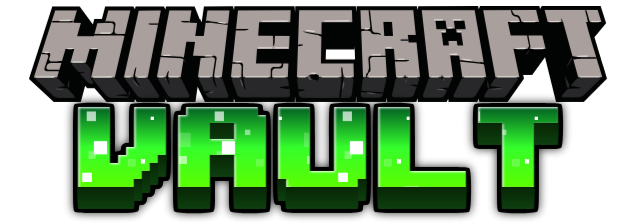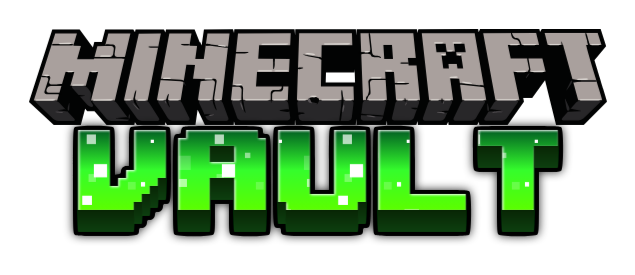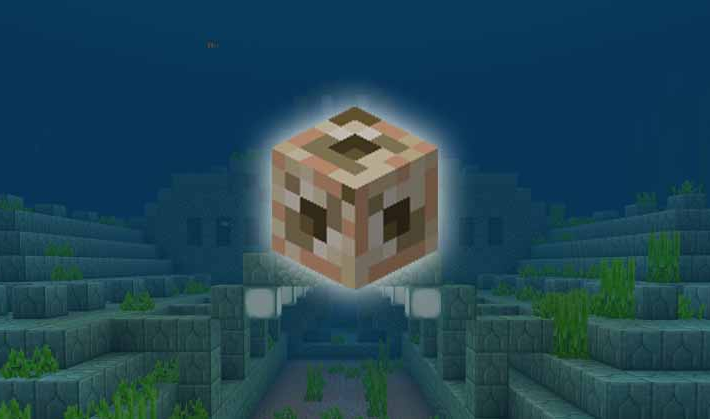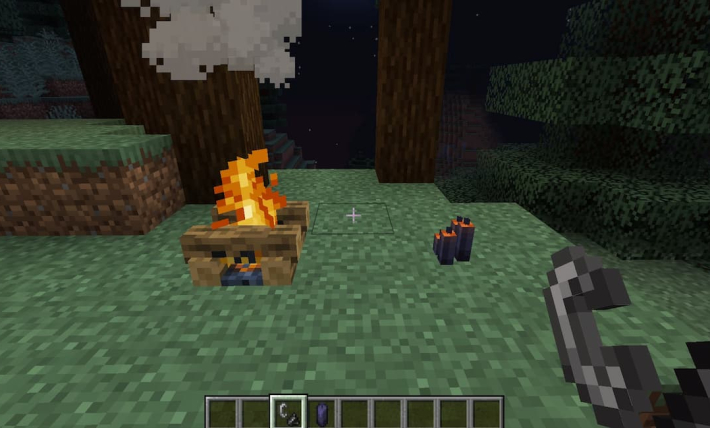Dyes are one of the major tools in Vanilla Minecraft that allow players to change the colors of certain blocks and items within their world. While this may not seem awe-inspiring in theory, it does quite a lot. Houses can be built in a myriad of colors, leather armor can be dyed, and even the collars of tamed dogs can be changed.
This guide focuses particularly on orange dye, but Minecraft currently has sixteen available dyes:
- Red – poppy, rose bush, red tulip, beetroot
- Orange – red dye + yellow dye, orange tulip
- Yellow – dandelion, sunflower
- Light Green – white dye + green dye, sea pickle
- Green – cactus
- Cyan – green dye + blue dye
- Light Blue – blue dye + white dye, blue orchid
- Blue – lapis lazuli, corn flower
- Purple – blue dye + red dye
- Magenta – purple dye + pink dye, lilac, allium
- Pink – red dye + white dye, peony, pink tulip
- Brown – cocoa beans
- White – bone meal, lily of the valley
- Light Grey – grey dye + white dye, oxeye daisy, white tulip
- Grey – black dye + white dye
- Black – ink sac, wither rose
Table of Contents
What Can Be Done With Orange Dye?
As the name suggests, orange dye is used to turn things orange! The method does change depending on the type of block being colored. Sometimes it is added in a one-to-one ratio, other times it must be added to one block in order to craft another, more intricate block.
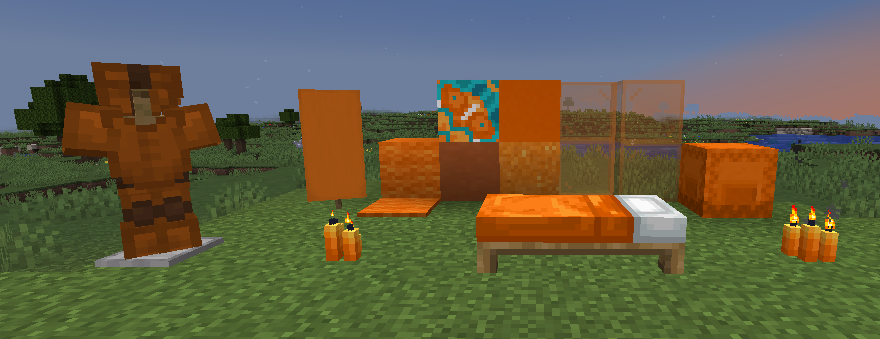
While all of the items in this section will be dyed orange, the following recipes and actions can be done with any color of dye.
Dyeing Wool / Carpet and Sheep
Adding one piece of orange dye to one piece of wool or carpet of any color will turn them orange.
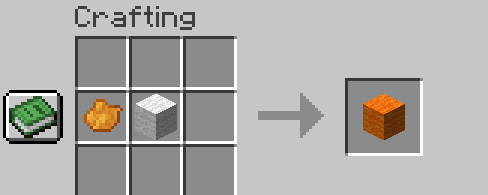
You can also craft carpets using orange wool to create orange carpet. Two wool blocks will make three carpet blocks.
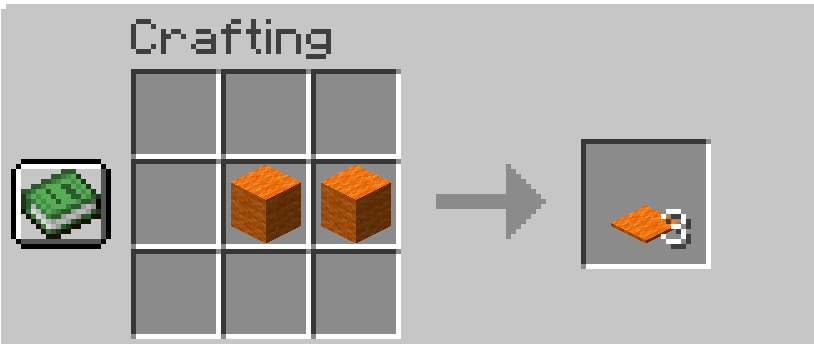
If you’d like to obtain lots of wool of a certain color, it may be best to color your sheep!
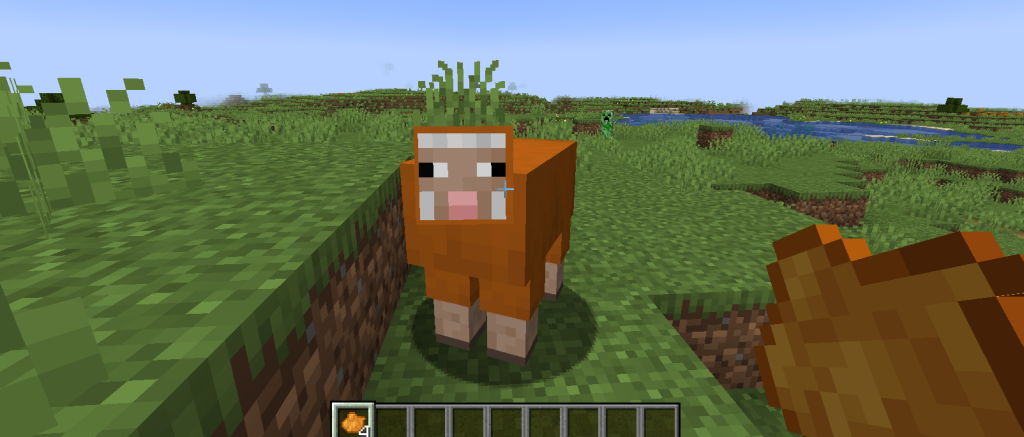
Using one piece of dye on a sheep will turn them that color. You can change their wool as much as you’d like, and every time they are sheared they will drop wool blocks in their current color! This makes the process of collecting colored wool a lot easier, especially in combination with an automated wool farm.
Beds and Banners
A bed of any color can be dyed orange by combining it with one orange dye. An orange bed can also be made on a crafting table with three wooden planks and three orange wool.
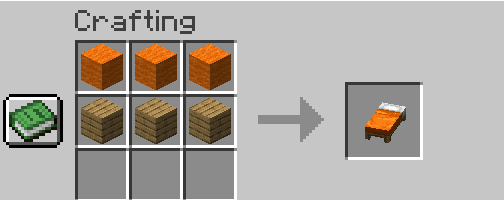
An orange banner can only be made by adding orange wool and one stick. A banner of any other color cannot be dyed orange just by adding dye.
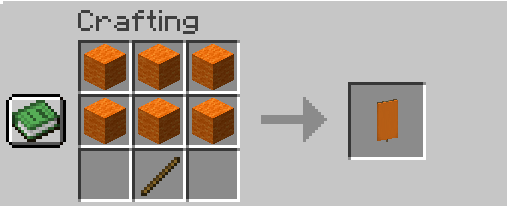
However, orange patterns can be added to other colored banners using a loom.
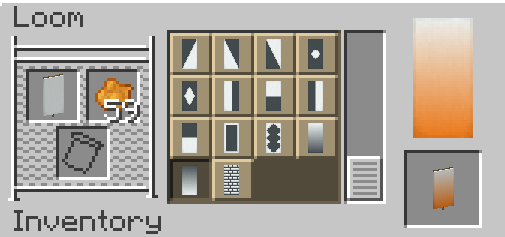
Glass / Glass Panes
Coloring glass and glass panes is very simple! On a crafting table, place one piece of orange dye in the center block, filling the other eight blocks with either glass or glass panes.
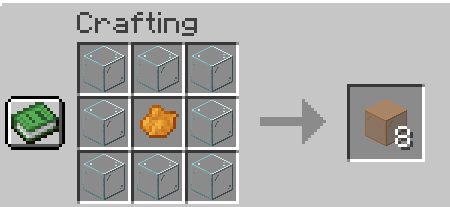
This will produce eight orange stained glass blocks or stained glass panes!
Terracotta and Glazed Terracotta
The recipe for crafting colored terracotta is identical to the one for making stained glass. On a crafting table, place one piece of orange dye in the center and fill the rest of the boxes with terracotta to produce eight pieces of orange terracotta.
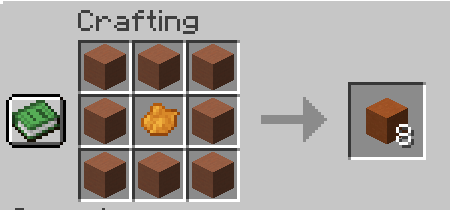
In order to create glazed orange terracotta, the terracotta must first be colored as shown above. Afterward, the orange terracotta can be placed into a furnace to become “glazed”.
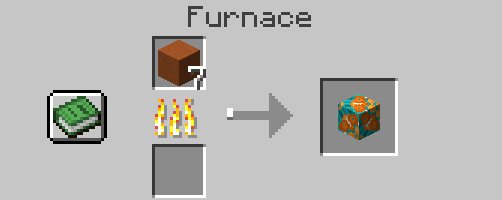
Concrete and Concrete Powder
Orange concrete powder can be created with one orange dye, four sand blocks, and four gravel blocks. This recipe makes eight blocks of orange concrete powder.
In the crafting table’s 3×3 grid, place the orange dye in the first box of the top row, with one sand block in the second and third boxes. In the second row, place one sand block in the first and second boxes, followed by one gravel block in the third. In the bottom row, place one gravel block in each box.
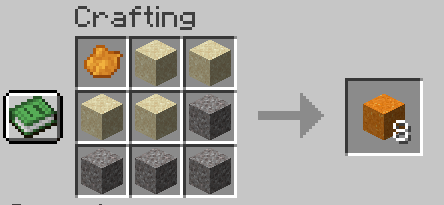
To turn the orange concrete powder into concrete, just place it on the ground and add water! This can also be done using waterlogged blocks.
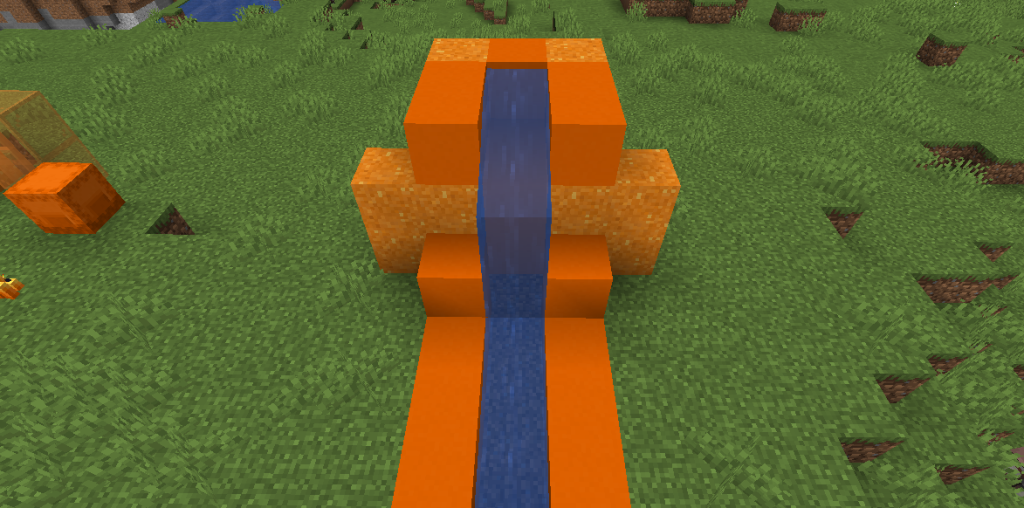
As shown in the image above, any blocks not directly touched by water will remain as concrete powder. If you want to fill a large area with concrete blocks, you can fill it in with concrete powder and then pour water over the top. Keep in mind that concrete powder acts like sand, and will fall down if there are no blocks beneath it.
Candles
An orange candle can be crafted by adding one orange dye to one regular candle.
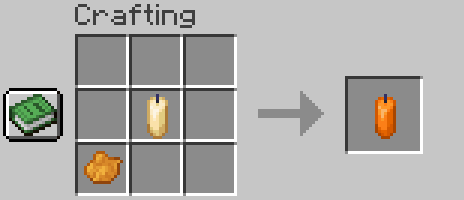
Shulkur Boxes
Coloring a shulker box orange only requires adding one piece of orange dye to a shulker box.
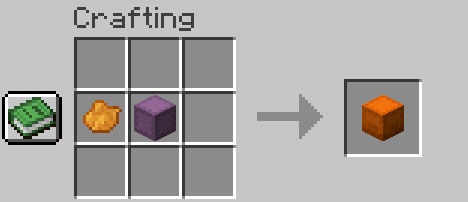
Dyed Leather Armor
Dyeing leather armor is easy! Just add one piece of orange dye to one piece of leather armor to create orange leather armor.
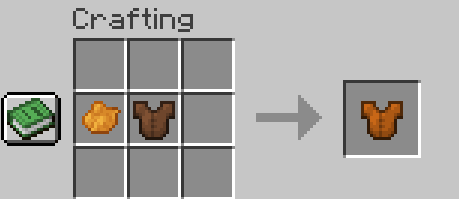
On top of being able to dye leather armor in this way, dyed leather armor can be further customized using a smithing table and armor templates. This means you can make leather armor in a variety of different colors and patterns.
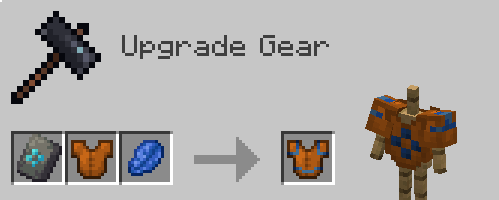
Furthermore, the concept of dyeing leather armor also applies to leather horse armor. It’s the same recipe as dyeing leather armor for yourself, with the leather armor piece being exchanged for leather horse armor.
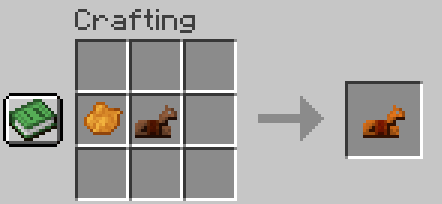
Dye Dog’s Collar
Typically, players utilize nametags to name their dogs and give them a little love. However, dye can do a similar thing! While holding a piece of orange dye, right-click on your dog to change their collar from red to orange!
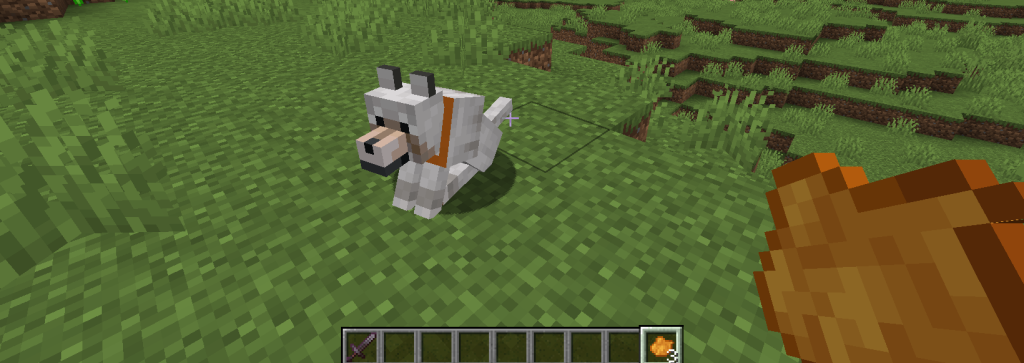
It’s a resource-friendly way to spruce up your dogs and help differentiate them before you collect nametags.
Fireworks
In order to make orange fireworks, you must craft an orange firework star. Combine one orange dye with one gunpowder to create the firework star.
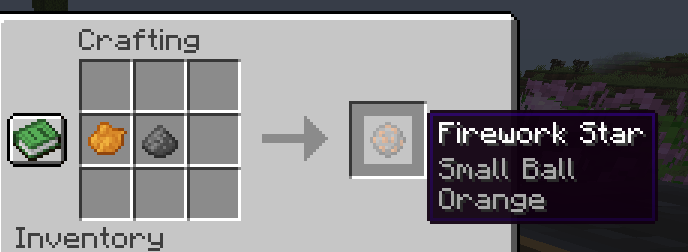
On a crafting table, place one gunpowder in the center box of the top row, place the orange firework star in the center box of the center row, and place one piece of paper in the center box of the bottom row. This will produce three orange firework rockets.

Launch the fireworks by right-clicking on the ground. When they shoot up in the sky, they’ll release a ball of orange particles!
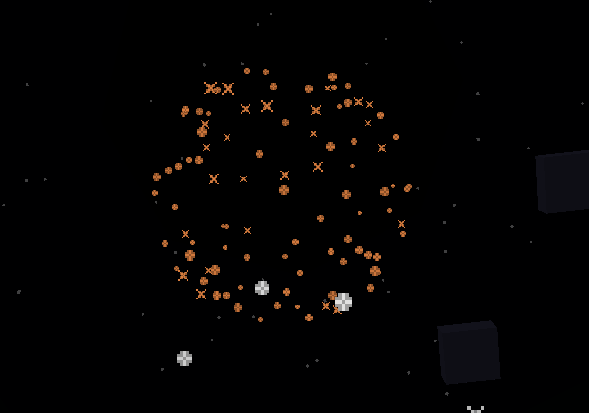
Getting Orange Dye
Orange Tulips
One of the simplest ways to obtain orange dye is by collecting orange tulips. They can be found growing naturally all over Flower Forest biomes. More rarely they can grow in Plains biomes, particularly around sunflowers.
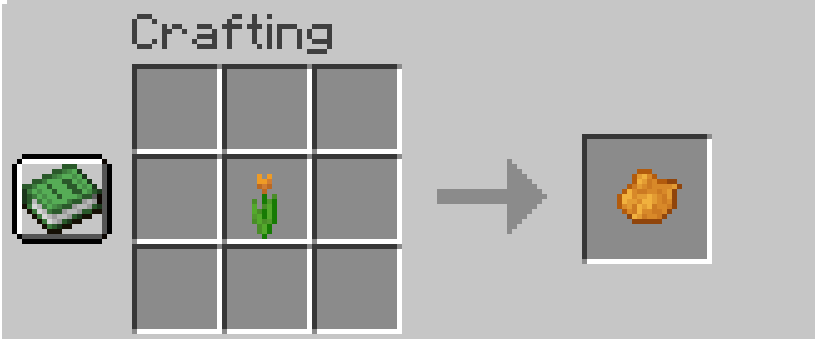
One orange tulip can be used to produce one orange dye.
Combining Red and Yellow Dye
Another easy way to craft orange dye is to add together one piece of red dye and one piece of yellow dye in the crafting interface.
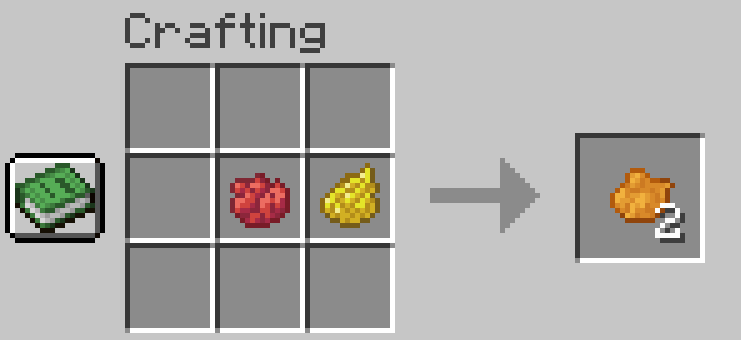
This will produce two pieces of orange dye, rather than just one.
Red Dye
Four plants can be used to create red dye. These are poppies, red tulips, rose bushes, and beetroot. They all have the same crafting recipe and yield, with the exception of rose bushes.
Poppies are the most common, spawning all over the Overworld wherever there is grass. This includes Plains, Jungles, and Flower Forests.
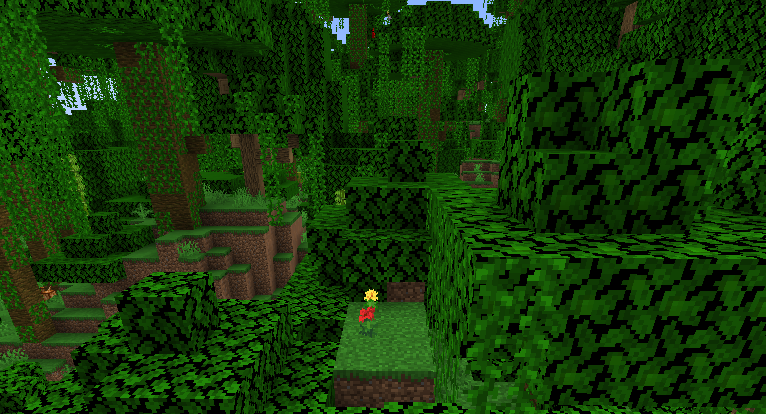
Tulips are found mainly in the Flower Forest biome, and beetroots can only be found naturally growing in villages.
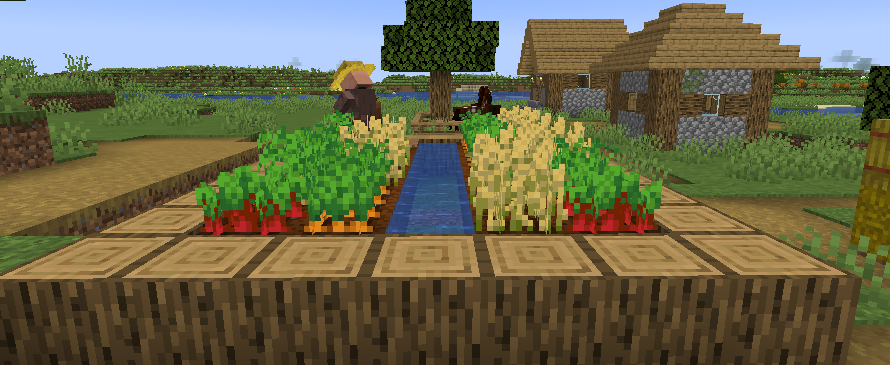
Poppies, red tulips, and beetroots have an identical recipe in which one of them is placed into a crafting grid to produce one red dye.
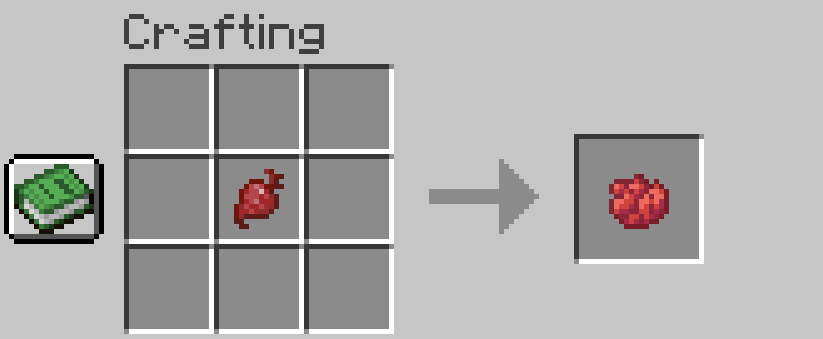
Rose bushes have a similar recipe, but they create two red dyes instead of one.
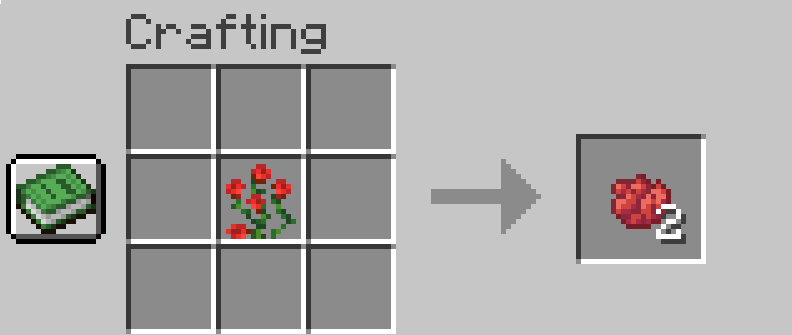
In addition to this, rose bushes can be duplicated using bone meal since they are a two-block-high plant.
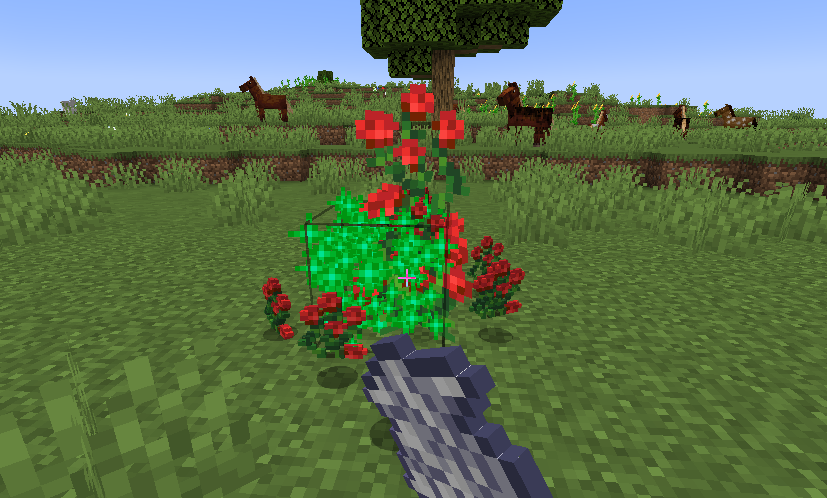
Simply place down a rose bush and right-click on it while holding bone meal. Each piece of bone meal will create one new rose bush plant! This makes them ideal for farming red dye.
Rose bushes can be found with red tulips in the Flower Forest biome.
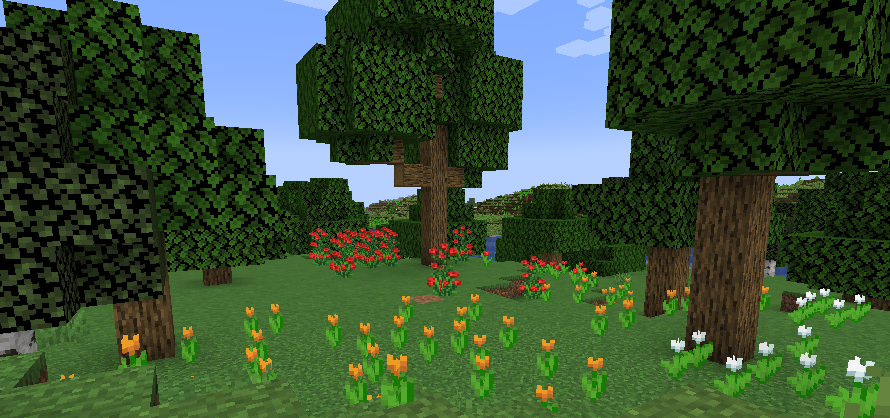
Yellow Dye
Yellow dye can only be obtained by using dandelions and sunflowers.
Dandelions, like poppies, can grow wherever there is grass in the Overworld. One dandelion will create one yellow dye.
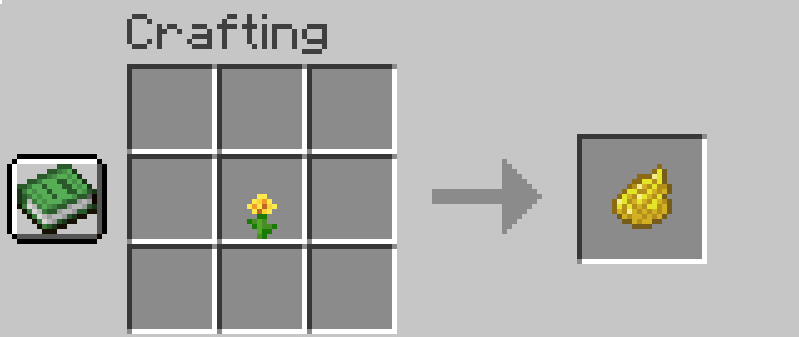
Similarly to rose bushes, sunflowers can be duplicated with bone meal and produce two pieces of yellow dye per plant. They can be found in a sub-biome of the Plains biome called the “Sunflower Plains.”
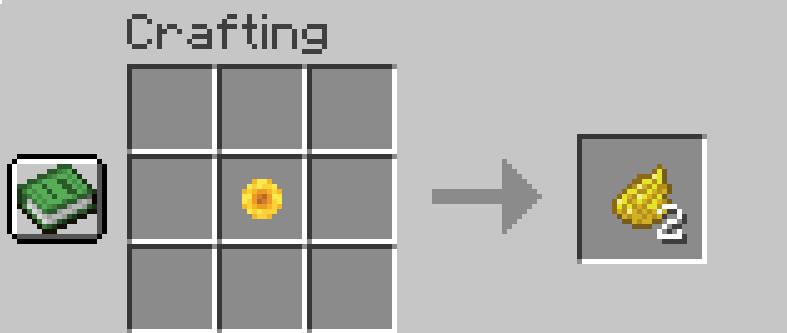
This makes sunflowers ideal for farming yellow dye!
Wandering Trader
Wandering traders will trade at a rate of one emerald for three pieces of dye. This is the most expensive option by far, and not really worth the emeralds it would take unless you have some sort of emerald farm.
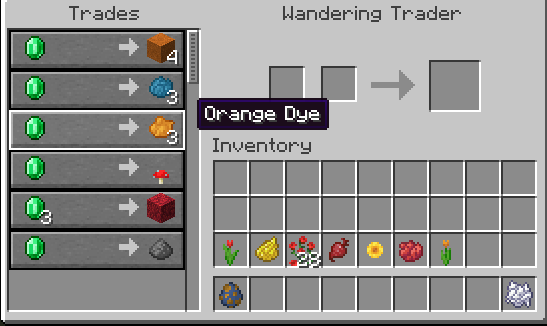
You can trade a maximum of 12 emeralds, providing you with a total of 36 orange dye.
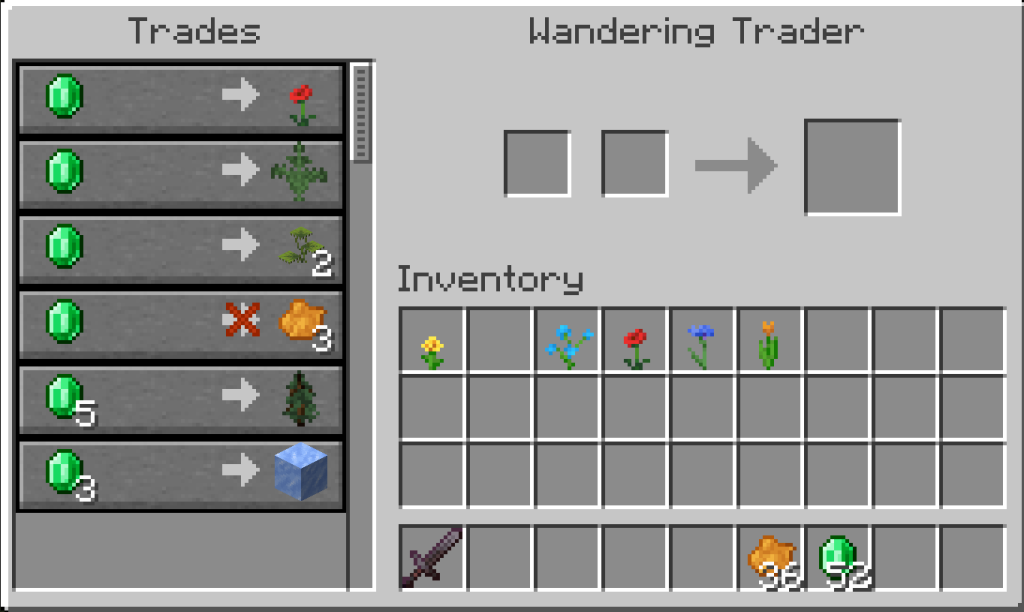
Trail Ruins Loot
There is a chance for orange dye to be obtained from suspicious gravel in Trail Ruins. In Bedrock edition, there is a 4.3% chance for suspicious gravel to contain orange dye; in Java edition, this percentage is 4.4%.
